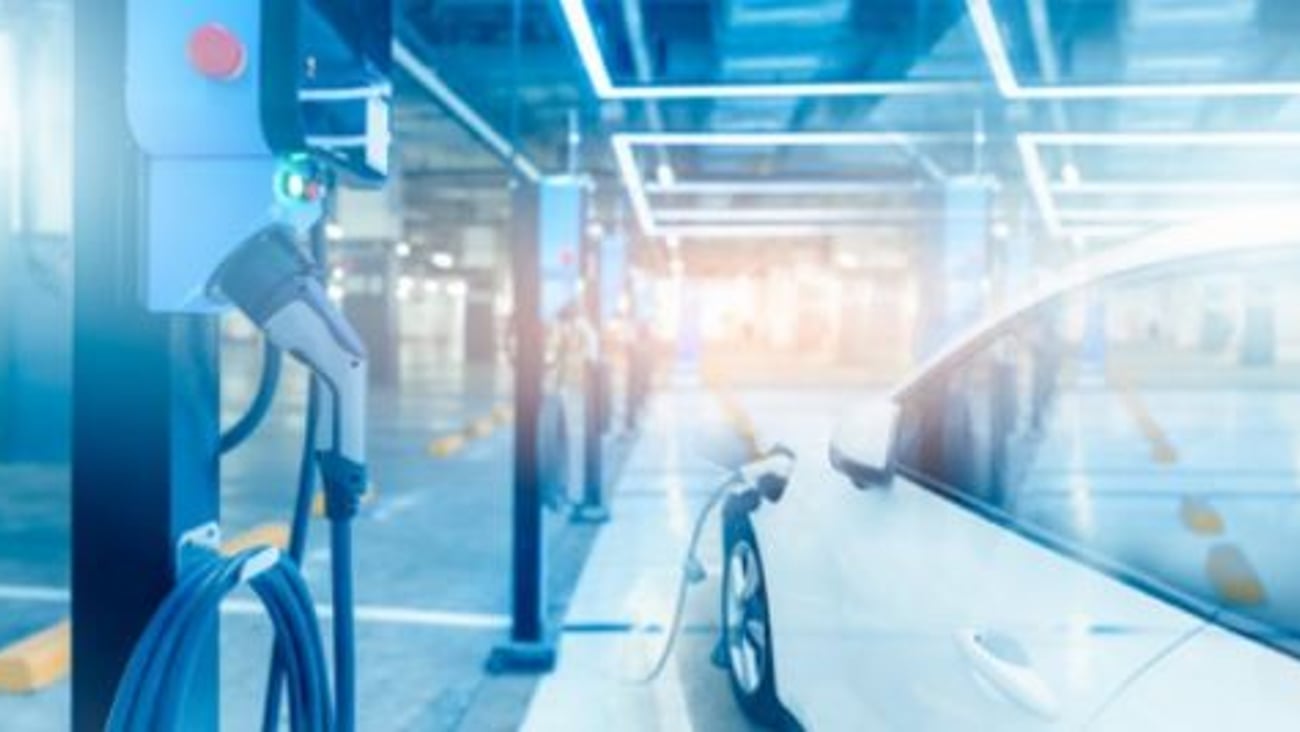What ever happened to hydrogen?
The gradual move away from relying on fossil fuels for our transportation requirements seems inevitable. How long the process may take is still up for debate as there are significant geopolitical and environmental issues to consider. The map is always changing, it seems, and the transportation sector is like the tail of the dog. Or maybe the hind legs of the dog.
There’s more uncertainty to take into account—specifically, which form of fuel or fuels will supplant gasoline at the top of the order. There’s definitely a lot of hype around electric vehicles right now and, as the global supply chain issues resolve themselves, it’s unlikely the fever will break any time soon. EVs are assuredly here to stay, at least in the near term.
Other types of fuel—such as biofuel, liquified natural gas, compressed natural gas and carbon-neutral fuel—seem to fall in and out of favour depending on the market and the ever-present question of infrastructure. All of this brings us to the topic of hydrogen, the fuel that some experts consider to be the most viable long-term solution to our transportation needs.
In 2008, yours truly tested a BMW Hydrogen 7, a production-ready version of their executive-class sedan that utilized a hydrogen internal combustion engine. The secret to this vehicle was that its 6.0-litre V-12 engine could run on either hydrogen fuel or premium gasoline with the toggle of a switch. The car had two fuel tanks accessed by separate fuel filler doors on the same side of the vehicle. While the Hydrogen 7 did end up being leased to 100 high-profile customers in Germany, it was very much an experiment to see what might be possible. Since then, other manufacturers have produced hydrogen-powered internal combustion vehicles for testing, including Aston Martin, Ford, Mahindra, Mazda and Toyota.
Of late, though, the more common hydrogen-powered vehicles have taken a different route. Rather than use hydrogen fuel in an internal combustion engine, these vehicles use fuel cell technology and hydrogen to produce electricity that supplies the power.
Hydrogen fuel-cell electric vehicles (HFCEVs of FCEVs for short) have been around for decades and the technology is now proven to work. But as with “regular” EVs, the charging/refuelling infrastructure is the key limiting factor. Right now, there are two production HFCEVs on the market. The Toyota Mirai has been available since 2015, as has the Hyundai Nexo. (A third HFCEV, the Honda Clarity, has recently been discontinued.)
Both the Toyota and the Hyundai are only for sale in British Columbia and Quebec, the two provinces that have hydrogen fuelling stations currently open to the public. Here’s the rub: According to figures released in January 2023, there are only five stations in B.C. (all operated under the Esso or Shell banner) and just one in Quebec (run by HTEC). (There’s a seventh refuelling station in Mississauga, owned and operated by Hydrogenics Corporation.)
In terms of the driving experience, an HFCEV is similar to an EV: whisper-quiet and super-smooth. The main advantage is that they emit no carbon dioxide or other harmful emissions, just water vapour out the tailpipe. The main advantage over other EVs is that refuelling time is the same as for an internal combustion engine, just a few minutes to pick up enough fuel to travel 400 to 500 kilometres.
The main disadvantage? You guessed it: The refuelling infrastructure. Even in California, arguably the most pro-hydrogen jurisdiction in the world, there are only 60 refuelling stations open right now. The governments involved committed to 100 stations by this point in time, but they’ve fallen short.
Just as this article was being prepared, a new British manufacturer named Ineos Automotive perfectly summarized the hydrogen situation. Last year, the company launched the Ineos Grenadier, an SUV based on the original Land Rover Defender, and then spoke about a hydrogen fuel-cell version of the same vehicle. As quoted in British car magazine Car Expert, commercial director Mark Tennant referred to the tension between developing next-generation technologies and securing support for those technologies.
“Fuel-cell electric vehicles, for us, [are] the right zero-emission option for this vehicle,” he noted. “But because of the infrastructure problems—there isn’t any [infrastructure]—we can’t make a full bet on fuel-cell until we have more confidence that people can fill it up… It has nothing to do with [whether] fuel cell technology is there—it is.”
While the current state of hydrogen refuelling may seem an insurmountable challenge, the same thing could have been said about the EV charging infrastructure just a decade ago—in fact, it remains a major concern to this day. The difference? The average consumer will not have the ability to recharge their HFCEV at home; if momentum does turn towards hydrogen in the future, this would open up new possibilities for refuelling retailers everywhere.
Watch this space.








